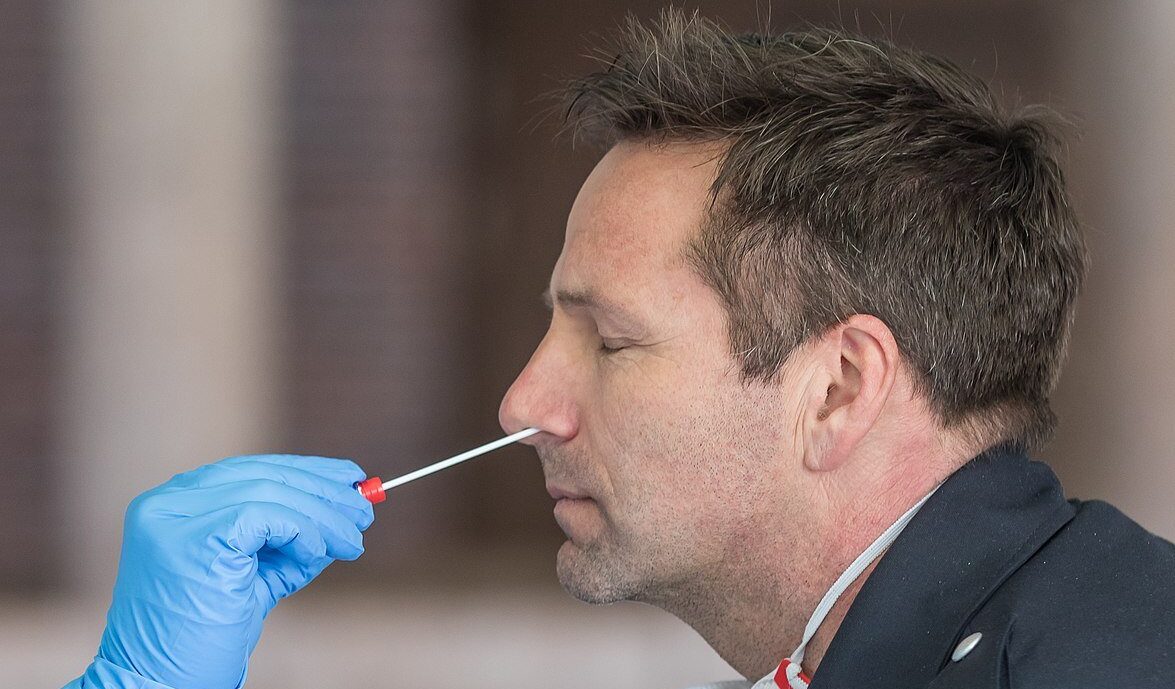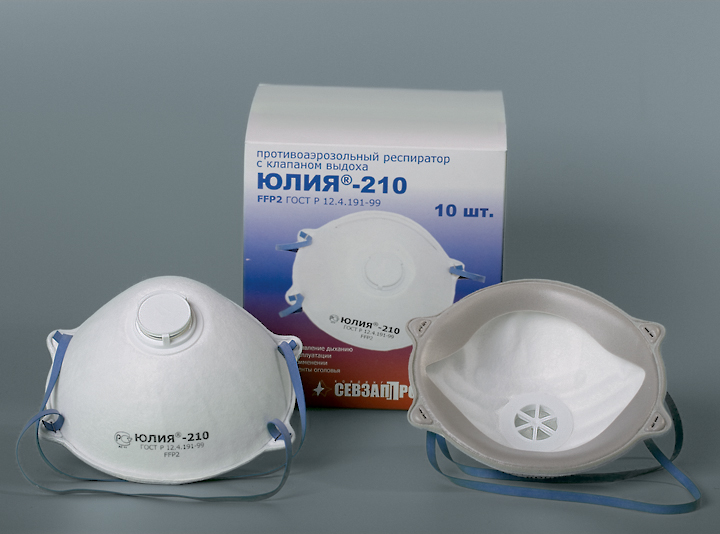A new Covid strain named KP.3.1.1 has risen in strength in the U.S.
The prevalence of the variant has almost doubled in only two weeks according to reports from the Centers for Disease Control and Prevention (CDC).
“More of a Challenge”

Experts warn that the new variant poses “more of a challenge” to our immune systems.
As of August 3 this variant accounts for more than one in four cases of COVID-19 in the United States
Half of All Cases

As the COVID-19 virus continues to spread amid a “summer wave” of infections, the new variant is a sub-lineage of the previously dominant KP.3, which emerged at the end of May.
Together, KP.3.1.1 and KP.3 account for almost half of all COVID-19 cases in the United States.
Virus Surface Mutations

Both KP.3.1.1 and KP.3 are apart of a new class of variations nicknamed the “FLiRT” variants.
They get their names from the mutations in the projections on the surface of the virus that make it possible for them to enter our cells.
Comparisons to Previous Variants

Our immune systems and vaccinations also use these projections, which are called spike proteins, as targets.
KP.3.1.1 is significantly more infectious than previous variants, including KP.3, according to early analysis that has not been peer-reviewed.
More Effective Evasion

Additionally, it may be more effective at evading our immune systems and the immunity conferred by current vaccines.
In a post on X, previously Twitter, Eric Topol, a professor of molecular medication at Scripps Research commented on the new variant.
“More of a Challenge”

He said that the new variation was “more of a challenge to our immune response than KP.3 and prior variants.”
“Buckle up; this wave isn’t over yet [due to] KP.3.1.1’s emergence,” he added in a subsequent post.
Wastewater Surveys

According to the CDC, the rise of KP.3.1.1 coincides with an increase in COVID-19 detections in wastewater surveys conducted across the United States.
“Very high” levels were detected in 20 states according to recent findings.
Cases of Hospitalizations

Notwithstanding, while the CDC has revealed a consistent expansion in diseases across the U.S. as of late, hospitalizations remain moderately low.
Although the new FLiRT variants are more contagious, we know so far that they rarely cause severe symptoms.
Symptoms and Advice

Still, if you start to experience symptoms, it’s important to keep yourself away from other people.
The following are some of the symptoms, according to the CDC: fever, chills, cough, fatigue, muscle or body aches, headache, loss of taste or smell, sore throat, runny nose, nausea, or vomiting, and diarrhea.
Monitoring Required

A virus expert and professor of molecular oncology at the University of Warwick in the United Kingdom, Lawrence Young, made a statement to Newsweek.
According to Young: “We need to keep monitoring the spread of this variant.”
Wastewater Analysis

Wastewater surveys are important for understanding the rates of COVID 19 in a given area.
Particles of SARS-CoV-2 can be analysed in samples of wastewater when those who are carrying the virus make use of sinks, drains and toilets.
This is particularly useful in providing earlier detection than clinical testing and before people who are ill go to the doctor or the hospital.
